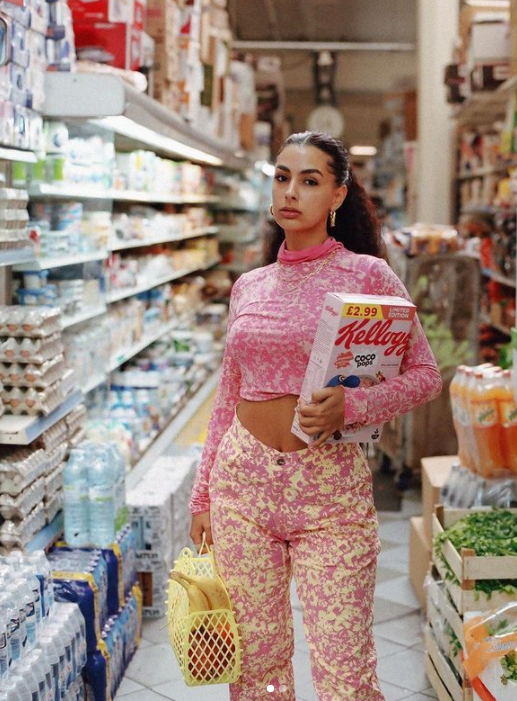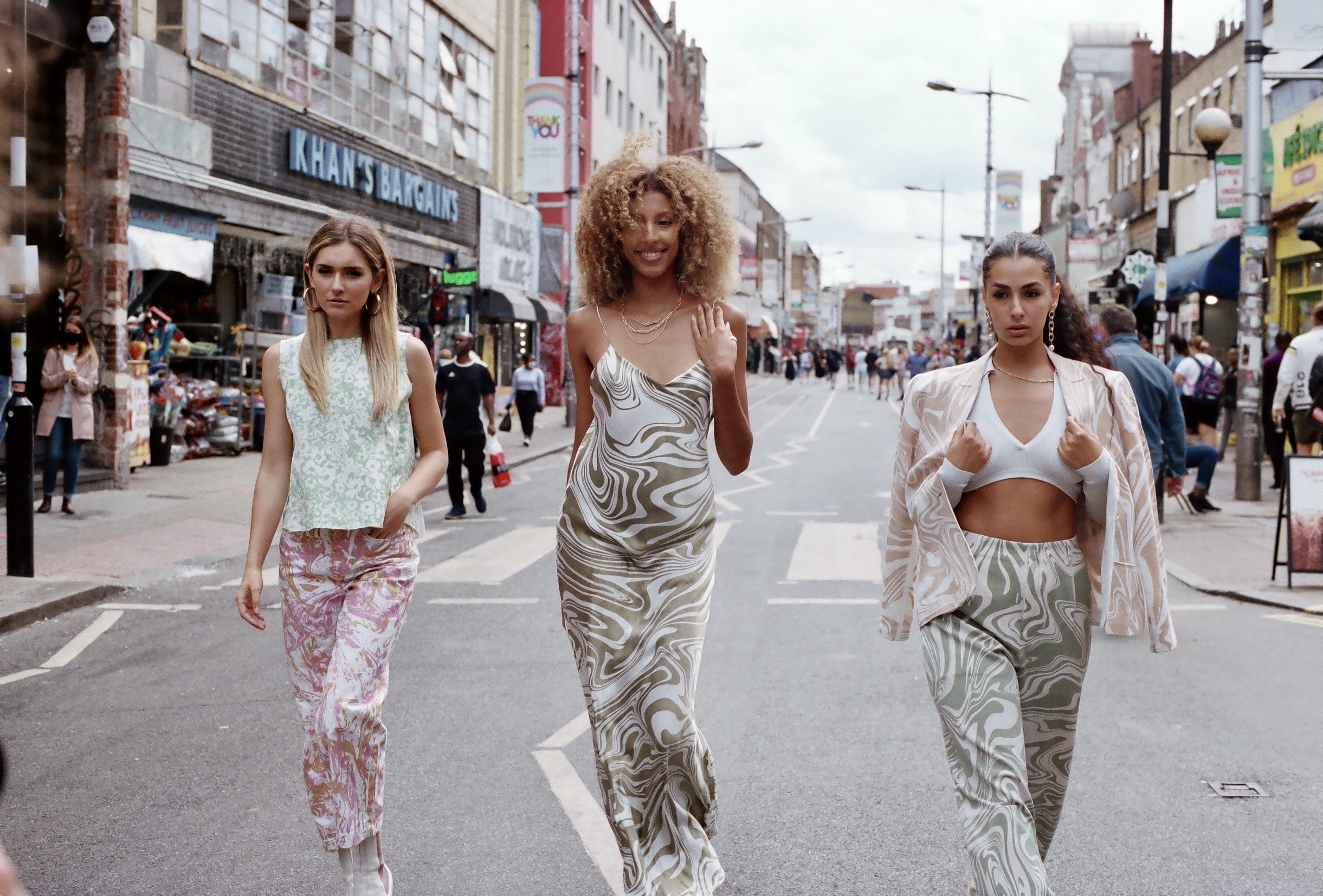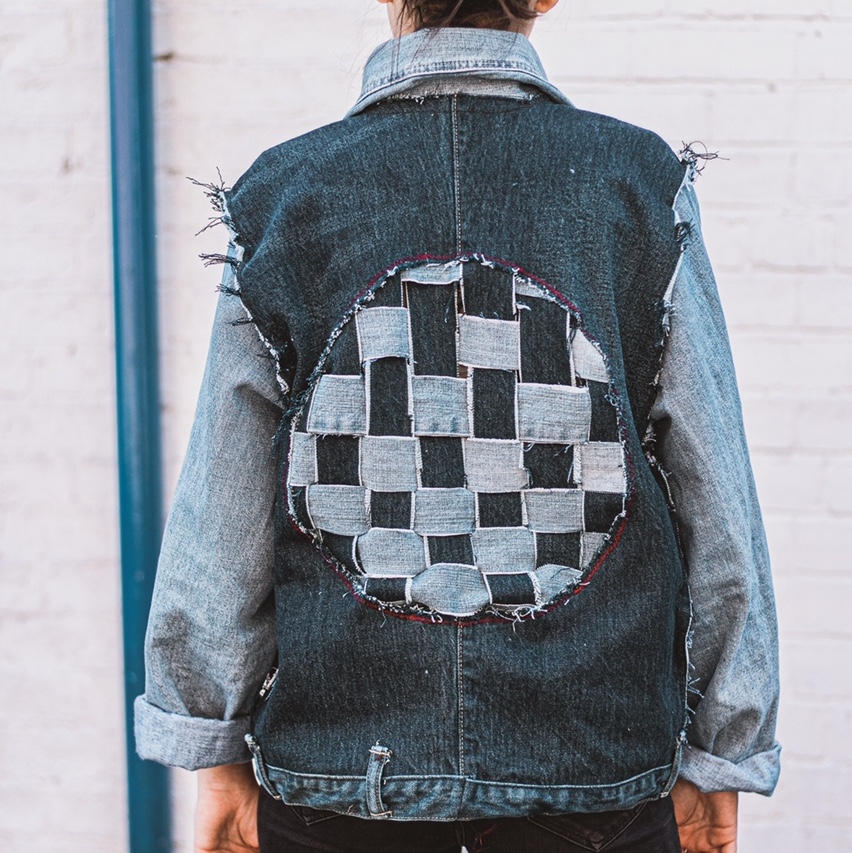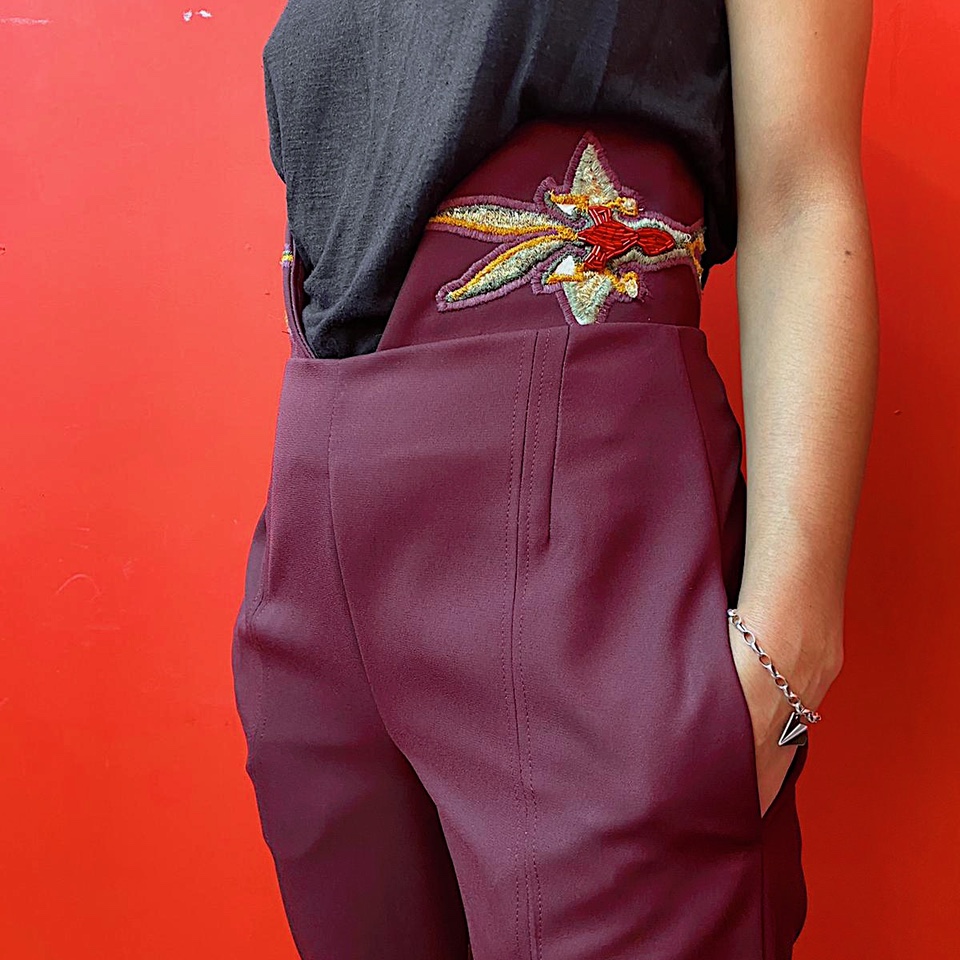FREE RETURNS. STANDARD SHIPPING ORDERS $99+
The shift to upcycled fashion
In the current fashion system, clothes are treated as disposable. We expect to pay very little
for our clothes, even to even pay pennies or to be handed them for free during big sales.
We need a new outfit for every event, because god forbid you be seen wearing the same
garment twice. However, clothes can and do mean so much more than that.
If we want to change the fast fashion system to one that is slower and kinder to people and
planet, we need to change the way we collectively think about clothes. Orsola de Castro’s
phrase ‘loved clothes last’ may sound fairly obvious and has been used a lot since the
publication of her book at the beginning of 2021, but it is true and impactful. How do we
expect our clothes to stay with us for a lifetime if we don’t get joy from them? If we want to
be wearing clothes we will put the time and effort in to make sure they are cared for
properly and repaired so that we can feel good in what we wear going about our daily lives.
I know that when an outfit or garment consistently makes me feel amazing and gives me a
spring in my step, I never want to let it go. The joy and excitement the garment gives me will
ensure that I try to get it fixed so that I can continue to wear and love it.
Clothes are links to our cherished memories, to our loved ones. They are a means of self-
expression and embracing who you are. The joy that comes with an outfit that clicks with
your vision of yourself is incomparable.
This is where upcycling and alterations become crucial to fair fashion. Around a million
tonnes of textiles get sent to landfill every year in the UK (and that’s not including waste
from brands themselves). It’s likely that almost all of those clothes could be saved.
Alteration services from local and national tailors and cobblers, and the reskilling of the
population in terms of textile care whether its repairing a zip, replacing the elastic in a skirt,
adding an embellishment to cover up a hole, or resoling a shoe, is one of the key steps that
needs to be taken to ensure a successful future for sustainable fashion.
Not only can upcycling and repairs be a way of preserving the garments we love, but it can
also be an avenue for us to personalise items so that they become unique to us. An item we
no longer fit in or holds some sentimental value but doesn’t fit our style anymore can be
made into a decoration, so that the memories and the fabric lives on. Upcycling in more
drastic ways, as lots of small independent brands are now doing, is a way to bring joy and
care back into previously discarded garments and fabric. Bringing love back to our clothes
has to be at the heart of creating a kinder and fairer fashion system.
By Jemima Elliot




